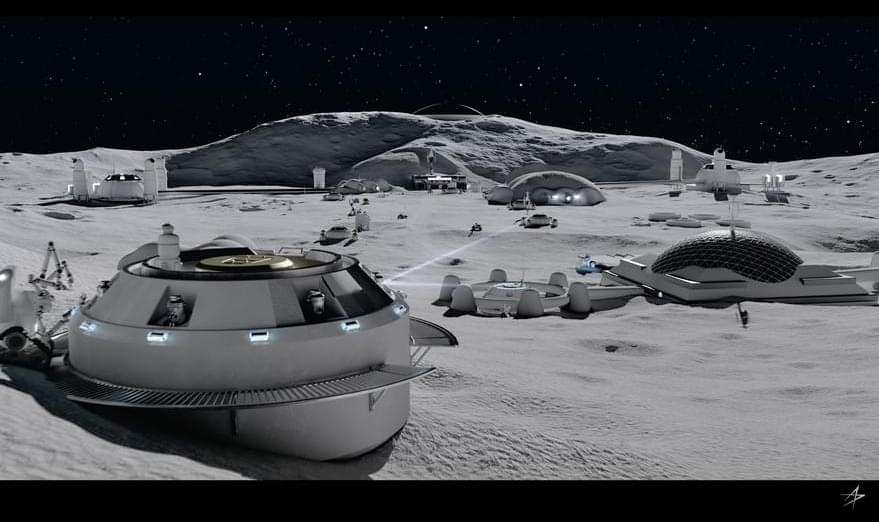Sphere Entertainment, the Madison Square Garden-funded venture seeking to “reinvent” live music, has started testing its first — and impressively large — LED-laden, orb-shaped music venue in Las Vegas, which is already being billed as the “world’s largest video screen.”
First impressions: it looks absolutely bonkers, as evidenced by videos of the orb in action.
According to Engadget, the 17,600-seat stadium, which cost over $2 billion to build, is a good 516 feet wide and 366 feet tall. Its LED-powered displays, combined with its 164,000-speaker audio system and added sensory elements — think what you’d get at a 4D movie — are designed to create a completely immersive experience.








